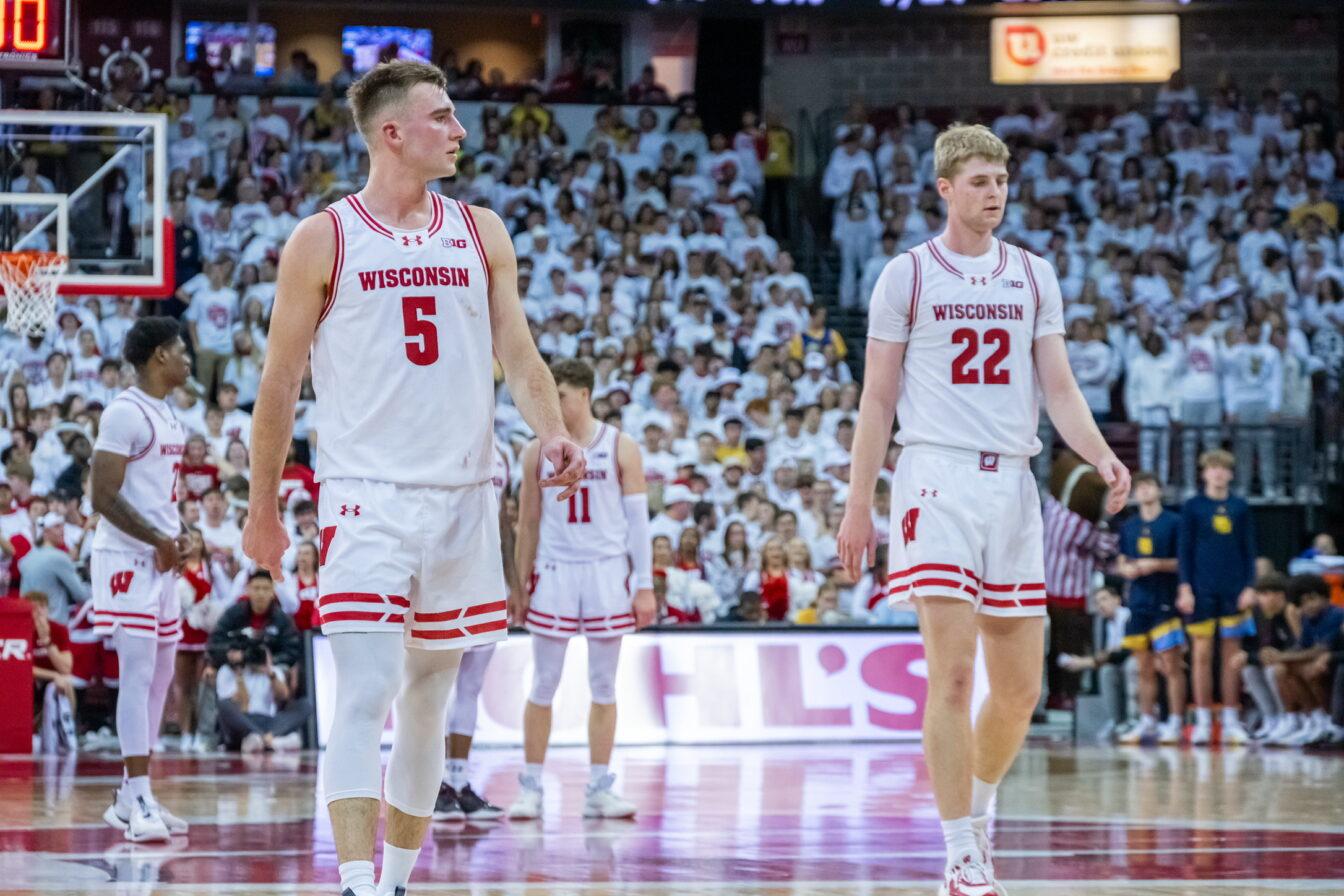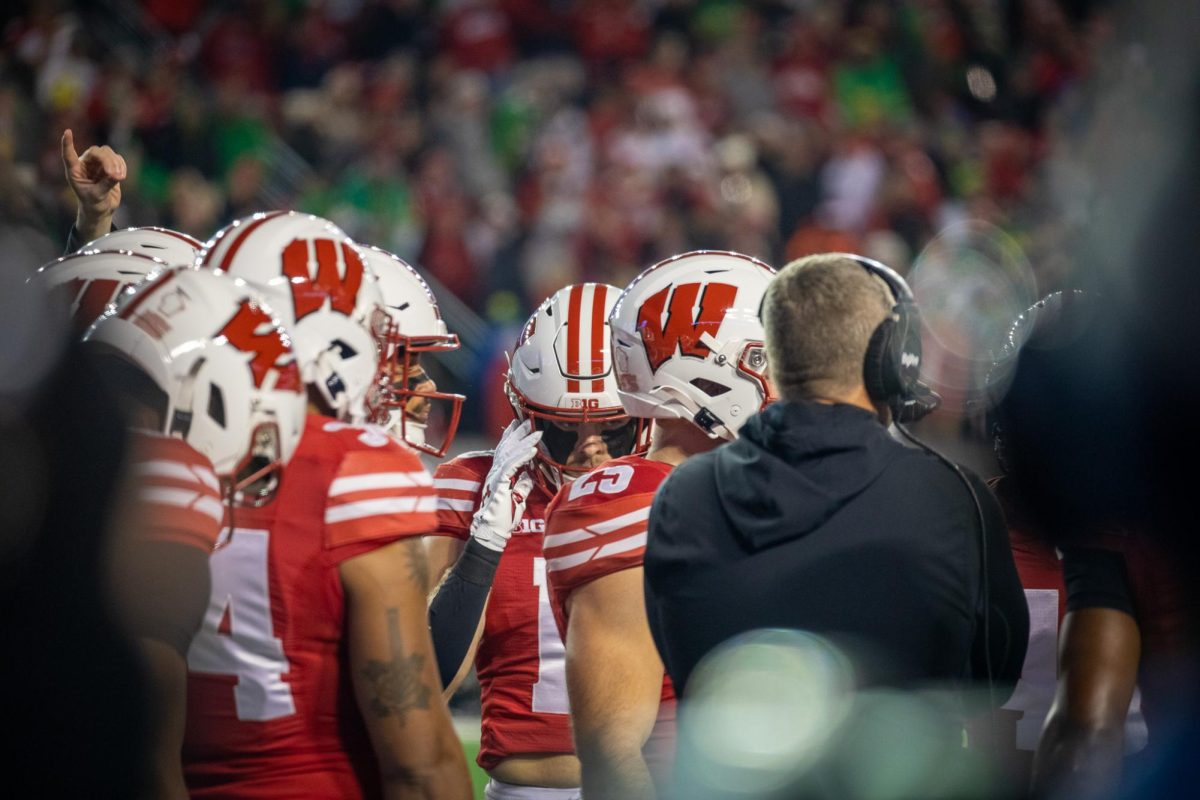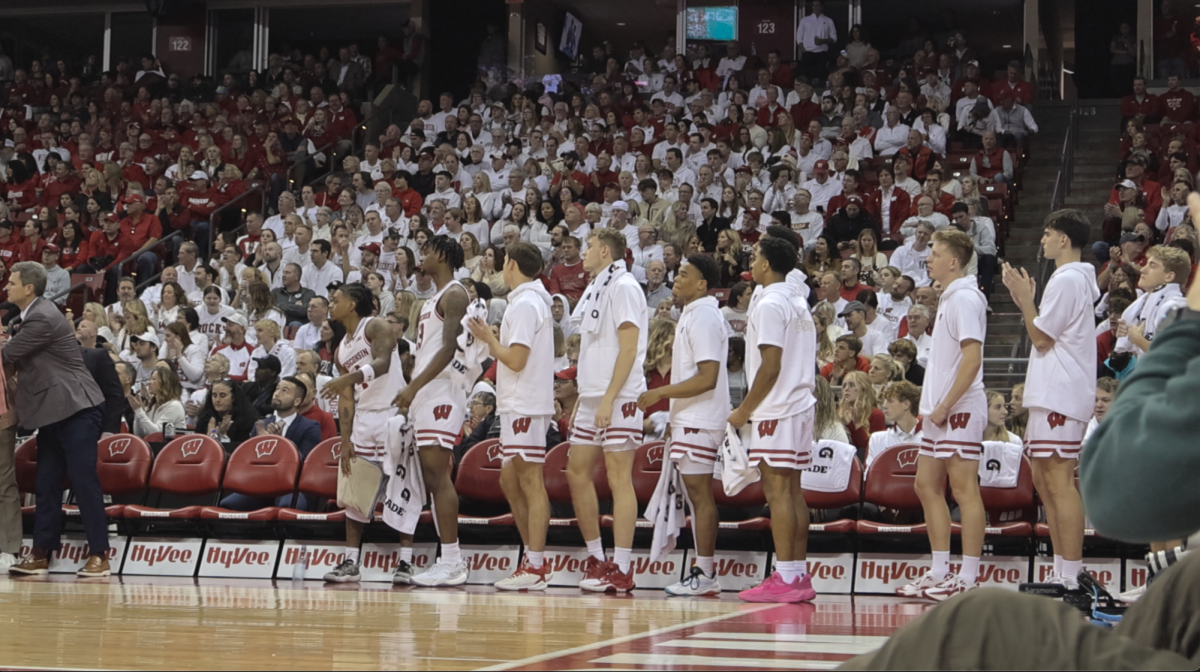Sometime Saturday night, Melvin Gordon ran in his third touchdown of the game, a 13-yard scamper where the sophomore went untouched, his cut-back quickness seemingly all he needed to score. It increased Wisconsin’s lead to 25, at 42-17 with little more than five minutes left in the third quarter.
Around that same time, around 600 miles away, Bret Bielema’s Arkansas team was finishing up against top-ranked Alabama in Tuscaloosa. Bielema’s team was trounced 52-0, their fifth-straight defeat, solidifying them as the placemat of the SEC West at 0-4.
Karma? No, definitely not. A sign of the difficulty that comes with a coaching change? Undoubtedly, yes.
It was never going to be easy trekking for Bielema in his first season at Arkansas, even if their 3-0 record to begin the season made things seem otherwise. He was inheriting a 4-8 team from last season and competing in the toughest division in the toughest conference in college football. The optimism was undeservedly high, but that’s usually just the way it is.
And the rough start is also usually just the way it is. In a system where players come and go, sustainability of coaches remains vital to the success of a program. Replacing one coach with another generally reveals an inherent transition period where wins and losses aren’t the only thing judging success. Only a handful of cases conclude differently. It’s just not a simple endeavor.
And that’s why Gary Andersen’s takeover of the Wisconsin program is impressive. Life after Bielema was inevitable and never promised to be pleasant.
As Gordon ran for those three scores and his partner in crime James White tallied three of his own, it was another sign that the Wisconsin football program didn’t take a step back when Bielema elected to leave for southern pastures. The win over Illinois resembled the type of wins seen from the teams Bielema coached to three consecutive conference championships. It made this season seem much less like a zone of transition.
The running game forced the issue against a less-than-stellar Illini defense; Joel Stave made enough throws to move the chains and the defense — although spotty at times without proclaimed leader Chris Borland — really kept Illinois from holding much hope.
It was a rather ho-hum victory with a rather ho-hum attendance of less than 50,000 — many of them wearing cardinal red — making for a rather ho-hum primetime experience at Memorial Stadium. But in the end, that was sort of the expectation.
It was widely anticipated that Wisconsin would roll over the Illini — losers of 16 straight conference games, a new school record — just like they have over the past few years and just like they treated many other Big Ten opponents during Bielema’s tenure.
Through seven games, Wisconsin has won convincingly and lost heartbreakingly, and they’ve also made it impossible to argue there has been a drop off. This is a testament to many facets of the program where, obviously, head coach sits at the top of the list.
But in addition to Andersen, there are plenty of faces he could thank for the program’s transitional stability. Athletic Director Barry Alvarez is one, commandeering the Rose Bowl preparation and then handing the keys to Andersen on Jan. 2, one day after Wisconsin lost to Stanford.
This was more important than it would normally seem. Bielema left on December 4, 2012, and less than a month later, on January 3, 2013, five new assistants had already been hired.
In leaving, Bielema sliced up a puzzle and rearranged the pieces, grabbing assistant after assistant with him, but it didn’t take long for Andersen to fit them back together. His early presence on campus and interactions with the team is an aspect many UW players look back to.
“It was nice to have the coaches in here in January, and be able to work with them for eight months before the season really started,” senior linebacker Ethan Armstrong said. “It was definitely a benefit and helped make it a smoother transition.”
Armstrong noted the transition period is very much real, and the team is still feeling its way through everything, one week at a time. Things were never going to be perfect. The obstacles were out there, and Ohio State and Arizona State served as temporary obstructions, but at this point, those blocks seem minor.
Andersen and his staff came in, seemingly changing nothing but the color of the helmets once in a while and Wisconsin football has remained exactly that.
This outward view is easy and hindsight is even easier. Yes, the Wisconsin program was always in good shape, but it isn’t by mistake that Wisconsin didn’t drop off much, if at all, from the conference championship pace of 2010-2012. That’s something not many programs can do. The examples are out there in the form of schools like USC and Florida.
Now, more than halfway through the first season of the Andersen era, it might be more important to note that instead of seeing a pair of heartbreaking losses and Wisconsin flubs in primetime, things could definitely be much worse. That coach at Arkansas could tell you this.
Sean Zak is a senior majoring in journalism and communication arts. How do you think the program has fared since Andersen took over? Let him know with an email to [email protected] or with a tweet to @sean_zak.













